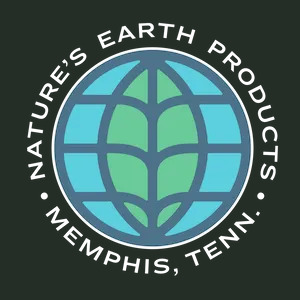[faq]
Product categories
- Bulk Mulch
- Bulk Soil and Compost
- New Arrivals
- Bulk Gravel
- Bulk Sand
- Bulk Decorative Gravel
- Bulk Decorative Stone
- Bagged Mulch
- Bagged Soil and Compost
- Bagged Gravel
- Bagged Decorative Gravel
- Ice Melt
- Super Sack
- Sod
- Firewood
- Fabrics
- Fertilizer
- Insecticides
- Weed Control
- Seed
- Tools
- Services
- Items Sold at Summer Ave
- Items Sold at Hwy 64
- Items Sold at Southaven
